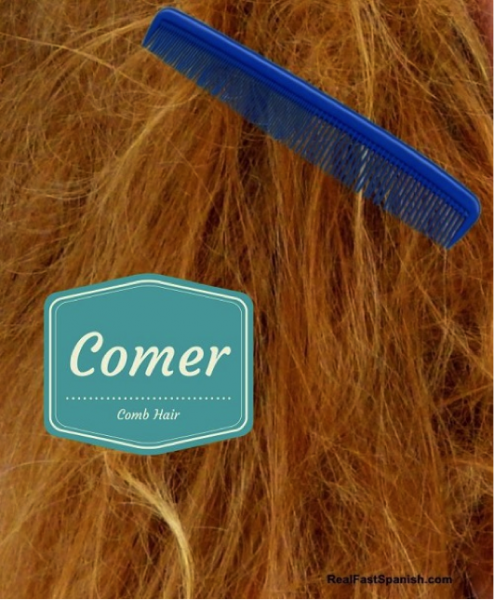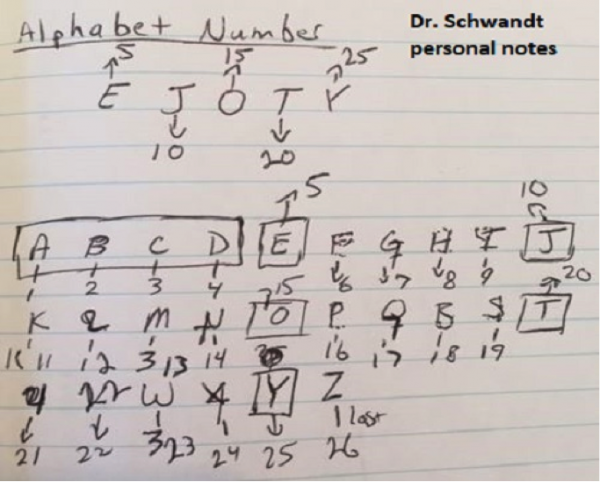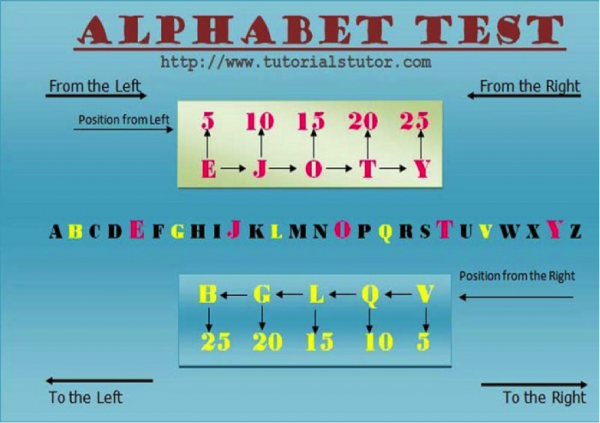Knowledge Gap: A Better Way to Remember Everything | Part 2
We can intuitively conclude that a Knowledge Gap exists between children raised in an affluent family and children raised in a disadvantaged family. However, research does exist on this exact topic. In fact, the Knowledge Gap Hypothesis explains that knowledge, like other forms of wealth, is often differentially distributed throughout a social system. One way to summarize this hypothesis is that people with more education tend to have better developed cognitive and communication skills, broader social spheres with more and more diverse social contacts, and a greater amount of stored information than their counterparts with less education.
So how can we close this gap? Specifically, how can we close the ever-widening gap foster children and other underprivileged children face in contemporary society? The idea is simple, find different hacks that are not well known and ensure this knowledge makes it to them. This series is intended to do just that.
A Better Way To Remember Everything Part 1
A Better Way to Learn a New Language
Before we dive into a better way of learning a new language, let’s get our brain thinking differently. For this, let’s look at Pavlovian Conditioning. Russian physiologist Ivan Pavlov demonstrated the existence of the unconditioned response by presenting a dog with a bowl of food and measuring its salivary secretions; essentially, this reflex is hard-wired into the dog. So, every time Pavlov rang a bell, the dog would have the urge to salivate. However, let’s look at this a different way and ask the following: Whenever Pavlov rang a bell, did he have an urge to feed a dog?
Now let’s get on topic. Learning a new language is extremely hard, especially if you are over the age of three… which I am sure you are! So, let’s take a look at a unique and outside-the-box approach to learning a new language. We will use mnemonics to help us learn a new language as they are specifically designed to improve our memory.
Quite a few mnemonic devices exist; however, let’s use this three-step process to help us choose an effective one.
#1. The mnemonic should be memorable–the more outrageous or unexpected, the better.
#2. Make it visual. Abstract concepts are much easier to comprehend through visual images.
#3. The mnemonic device should easily tie back to the meaning of the word.
Let’s take a look at a couple examples of this concept in practice (learning Spanish words).
Comer (combed hair). Comer means to eat. We can visualize eating from a plate of combed hair!

Here is another.

Gracias (grassy arse). Gracias means thank you. We can visualize giving someone a grassy arse as a gift, where they respond with thank you.
Mnemonic Device = Excellent Retention of Hard Information
According to the authors at www.irisreading.com: Mnemonic devices provide us an easy way to remember hard things. Essentially, we can better remember what we learn through Mnemonic devices. To take this thought even further, they help us remember things that we have already learned (they pull it from our memory).
Do you often find you fail to remember how many days are in a month? If so, remember this mnemonic device and never forget again. What’s the trick… hold out your fists!

Here are a couple examples of using mnemonic devices in math.
How to find the measures of Angels in Right Triangles:
Silly Old Harry Carried A Horse To Our Apartment.
- SOH. Sine = Opposite leg divided by Hypotenuse.
- CAH. Cosine = Adjacent leg divided by Hypotenuse.
- TOA. Tangent = Opposite leg divided by Adjacent leg.

Become a Poker Champion!
Author of The 4-Hour Body and The 4-Hour Workweek Tim Ferris provides us a two-step process for remembering a deck of cards. Let’s take a look at the steps.
Step #1: Learn your cards. Tim recommends we convert a deck of 52 cards into 52 celebrities. Let’s see how he breaks them down.
The Suits: personalities
- Diamonds: wealthy people
- Hearts: people you love
- Clubs: tough or crazy people
- Spades: amusing people
The Cards: professions (all even numbers are female and odd numbers are male)
- King = male half of celeb couple
- Queen = female half of celeb couple
- Jack = religious figures (bachelors – male)
- 10 = female; 9 = male; 8 = female; 7 = male, etc.…
- Ace = excellence in sports
Now create a matrix with your 52 cards.
Step #2: Memorize the order of the deck by using a Memory Palace. See Part 1 of this series for more information on how to build one. Tim informs us that we should now peg 52 cards to locations along a familiar route in our palace.
Once complete, you are now on your way to memorizing your first deck of cards!
The Magic Alphabet
Chances are you can say the alphabet correctly, but can you tell me which letter is the 5th, 10th, 15th, 20th, or 25th immediately? EJOTY is a powerful technique to assist us. This is a word/mnemonic device coined by magician Stewart James. Let’s take a look at how we can use this technique and associate each letter to its corresponding number.

Let’s combine EJOTY and BGLQV and see what this looks like. BGLQV can help you learn the alphabet backwards!

For more information about using this technique, I recommend the following video: HackMyMind.
Our brain is capable of performing amazing things. Using the techniques identified in this 2-Part series, along with dedicated (and focused) practice, you will significantly close your personal Knowledge Gap.



